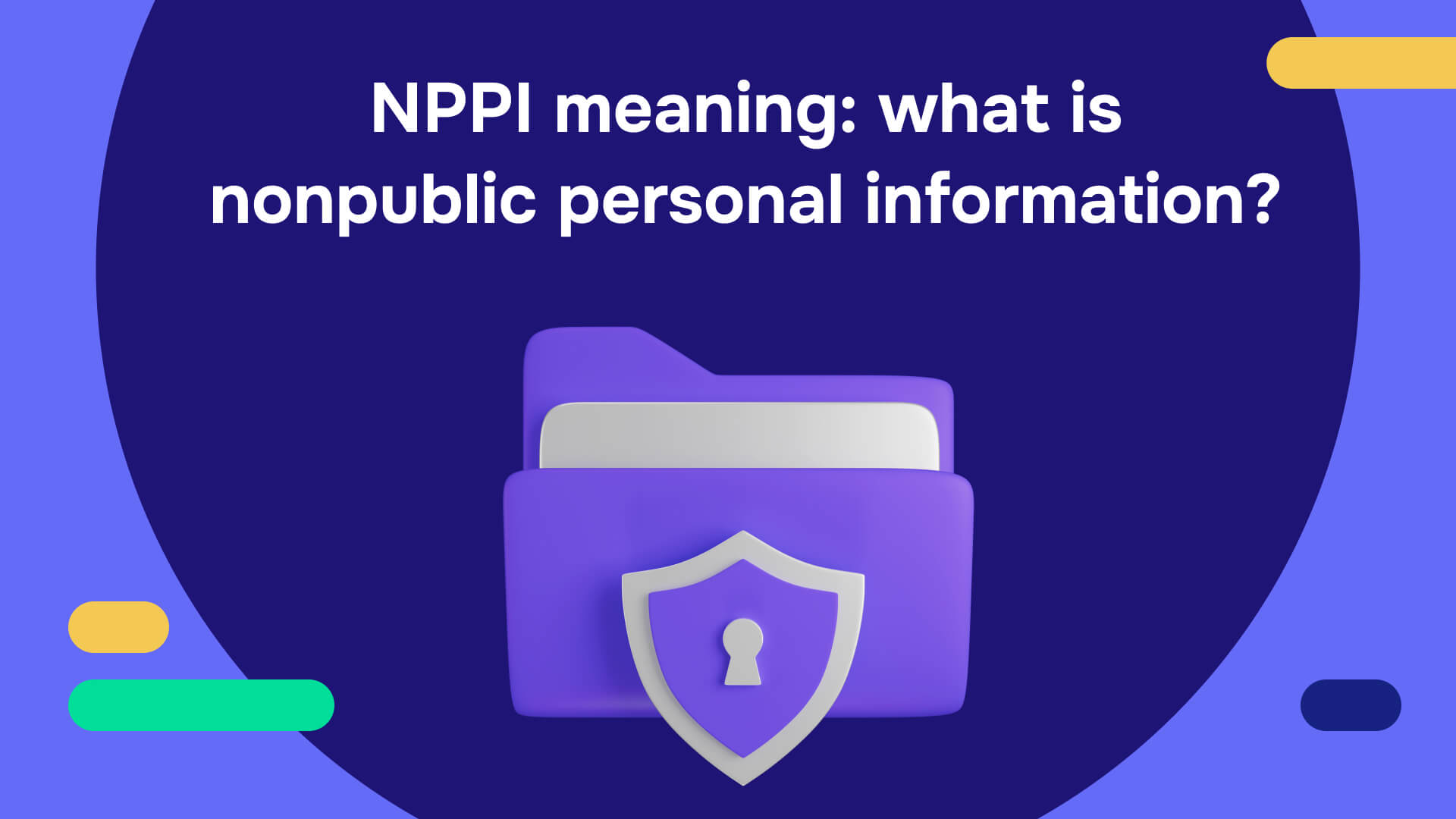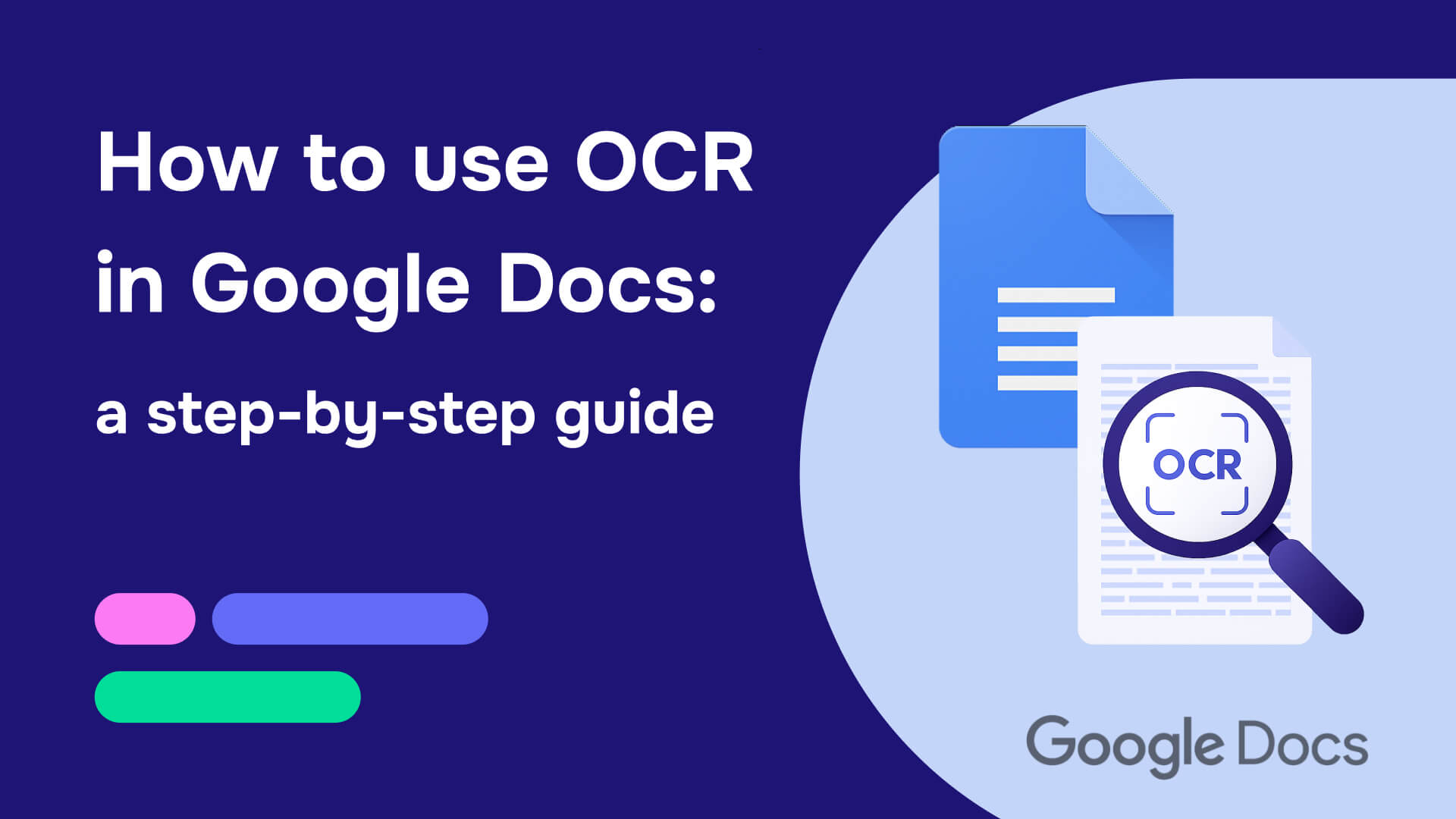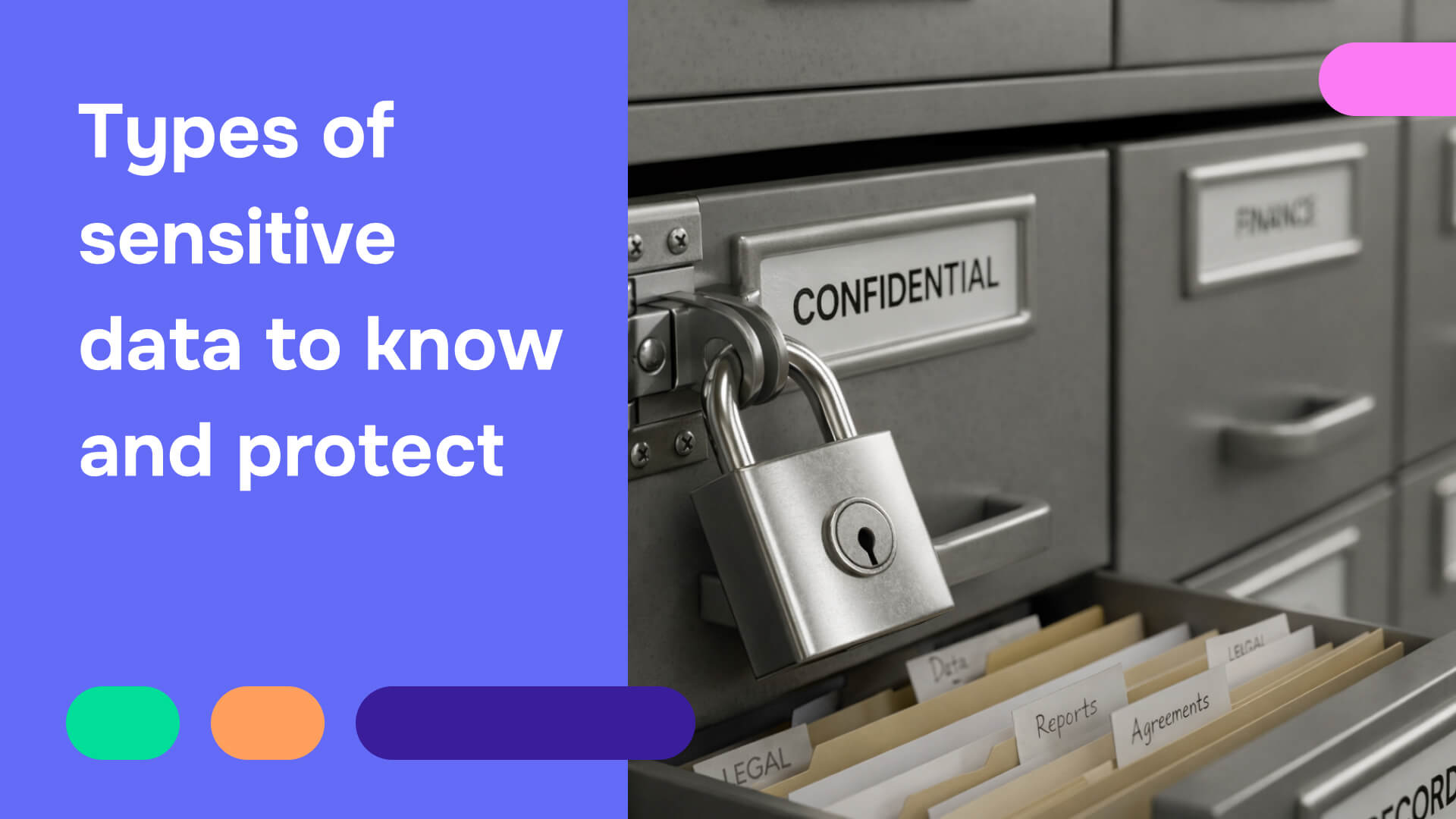A tech giant's redaction failure just exposed confidential data from Apple, Google, and Snap in open court. The method they used? Black boxes that anyone could defeat with simple copy-paste.
This isn't an isolated incident. In 2024 alone, over 1.7 billion records were exposed in data breaches—a 312% increase from the previous year, according to the Identity Theft Resource Center. Client confidentiality failures are now happening at unprecedented scale, destroying business relationships and ending careers across every industry.
The most dangerous part? Most organizations believe they’re maintaining client confidentiality when they're actually broadcasting it to anyone who knows where to look.
What is client confidentiality?
Client confidentiality is the professional duty to protect personal, financial and sensitive client data from exposure. It underpins every relationship in which trust and discretion are expected—including those between public institutions and the citizens they serve.
From a legal standpoint, the stakes are high. Violations of frameworks like the GDPR can result in fines up to €20 million or 4% of global turnover. CCPA violations carry penalties up to $7,500 per consumer record. Healthcare organizations face HIPAA fines reaching $1.5 million per violation. Financial institutions risk PCI DSS penalties that can halt payment processing entirely.
But the greater cost is often reputational. Breaches erode public confidence, undermine partnerships, and stall business deals. Under GDPR and CCPA, individuals have rights to access their data, request deletion, and file complaints—creating ongoing compliance obligations that extend far beyond initial fines. Maintaining client confidentiality isn't optional. It's a safeguard for your organization's survival.
The most targeted types of client data
Your clients trust you with their most confidential information - the kind that can destroy lives, tank businesses, or derail careers if it falls into the wrong hands.
- Personal identifiers like Social Security numbers and addresses become identity theft goldmines.
- Financial records including tax documents and bank accounts turn into fraud blueprints.
- Strategic business communications become competitive intelligence for rivals.
- Legal documents and court filings expose litigation strategies and settlement terms.
- Medical records contain confidential patient information, diagnoses, and treatment details that require strict protection.
Every single piece of this client data has a street value to cybercriminals, competitors, and malicious actors. They're not just looking for random information—they're hunting for exactly what you're storing.

So, how to maintain client privacy and confidentiality?
Most data protection setups wouldn't stop a determined teenager with Google skills. Real client confidentiality security requires these non-negotiable controls:
1. Core security foundations
- Restrict access with role-based controls - Grant access only on a need-to-know basis. Use RBAC to enforce strict data permissions. Review access after role changes, terminations or reassignment.
- Encrypt data in transit and at rest - This is table stakes. Use AES-256 or better. Implement strict key management—because strong encryption is useless if your keys are compromised.
- Use secure platforms for communication and file sharing - Stop sending sensitive files through unsecured email or consumer-grade cloud services. Deploy enterprise-grade, encrypted platforms purpose-built for sensitive information.
- Require strong authentication and password hygiene - MFA is no longer a best practice—it's the standard. Enforce password complexity, rotation and safe storage via password managers or passkeys.
- Maintain patched, up-to-date systems - Vulnerability exploitation is one of the top breach vectors. Patch aggressively. Monitor continuously. Automate where possible.
2. Human factors and processes
- Train staff and enforce confidentiality agreements - Human error is your weakest link. Routine training on phishing, social engineering and secure workflows is essential. All personnel should sign a client confidentiality policy and understand their obligations.
- Develop and test an incident response plan - Assume breach. Your plan should outline clear roles, rapid containment procedures and compliance with disclosure requirements. Rehearse regularly.
- Minimize data collection and retention - More data = more risk. Collect only what's necessary. Set clear retention timelines. Purge what's no longer required.
3. Monitoring and verification
- Monitor and audit access logs - Visibility is control. Use logging systems to track access to client confidential information. Audit regularly. Act on anomalies.
- Implement secure document redaction - Use reliable redaction tools that permanently remove sensitive information from documents before sharing. Verify redaction by searching for hidden text, checking metadata, and testing copy-paste functions.
4. Third-party and vendor risks
Don't let vendors become your weakest link. Suppliers, contractors, and service providers often have broad access to your client data, creating exposure you can't directly control. Conduct thorough due diligence on all vendors handling sensitive information. Require contractual guarantees for data protection, regular security assessments, and immediate breach notification. Many devastating breaches start with compromised third parties, not direct attacks on your systems.
5. Privacy by design principles
Build client confidentiality protection into your systems from the ground up, not as an afterthought. This means establishing default redaction protocols for sensitive documents, implementing systematic data review processes before any sharing occurs, and creating verification checkpoints that confirm sensitive data removal. When designing new workflows or systems, ask: "How do we minimize data collection? How do we automate protection? How do we verify compliance?" Privacy by design prevents problems rather than fixing them after exposure.

Examples of maintaining client confidentiality in practice
Real client protection happens in daily operations, not just policy documents. Here's how organizations actually safeguard sensitive information across different scenarios:
Secure communication and file sharing
Law firms and financial advisors have abandoned regular email for sensitive communications. Take a personal injury law firm handling a high-profile case—instead of emailing medical records to expert witnesses, they use encrypted client portals where documents can be securely uploaded, accessed with two-factor authentication, and automatically deleted after a set timeframe. The opposing counsel can't intercept communications, and there's a complete audit trail of who accessed what information when.
Physical document security
Medical practices treat paper records like the sensitive assets they are. Consider a family practice clinic: patient files are stored in locked cabinets within a restricted-access records room. Only the office manager and two senior nurses have access codes, and every entry is logged with timestamps. When a temporary worker needs patient information, they must be escorted by authorized staff—they can never access files independently.
Role-based digital access
Banks and healthcare providers implement strict RBAC (role-based access controls) in their databases. A regional bank, for example, ensures that tellers can only view account balances and transaction history for customers they're actively serving, while loan officers can access credit reports and financial statements only for applications they're processing. Branch managers have broader access, but even they can't view executive accounts without special authorization.
Professional redaction practices
Legal teams use advanced redaction tools to permanently remove personal identifiers from court filings. When a corporate litigation team submits discovery documents, they use professional software to eliminate employee Social Security numbers, personal email addresses, and proprietary business processes. They verify redaction by testing for hidden text and attempting copy-paste recovery—because they know opposing counsel will try the same techniques.
Third-party vendor management
Organizations thoroughly vet vendors before granting data access. A healthcare system, for instance, requires their IT support vendor to undergo security audits, maintain cyber insurance, and report any breach within four hours. The vendor can only access patient systems during specific maintenance windows, with all activities logged and reviewed by the hospital's security team.
Data minimization in action
Consulting agencies routinely audit collected data and delete what's unnecessary. A management consulting firm working with Fortune 500 clients regularly purges old project files, keeping only what's required for ongoing work or legal obligations. Client financial projections from completed projects get securely deleted rather than stored indefinitely—reducing both storage costs and exposure risk.
These aren't theoretical best practices—they're operational requirements that prevent the kind of breaches that destroy client trust and trigger regulatory action.
What practices should be avoided when storing client confidential information?
Most breaches happen because of avoidable mistakes in maintaining client confidentiality and protecting client information:
- Never store confidential client information on unencrypted drives, personal devices or open-access cloud services.
- Don't leave physical documents exposed or allow shared passwords.
- Don't retain client data longer than needed.
- And above all, don't assume that legacy systems and "trusted habits" are still secure.
Cybercriminals now use AI-powered attacks that can bypass traditional defenses, while insider threats—whether malicious or accidental—account for nearly 30% of all data breaches. Your security assumptions from even two years ago may no longer be valid.
Read also: Confidentiality in the workplace: 9 best practices in 2025
The actual cost of the confidential data breach
The numbers don't lie. Financial services firms faced a 67% spike in cyberattacks in 2024, but healthcare is now among the most targeted sectors. The U.S. Department of Health and Human Services itself has seen an increase in breaches over the past five years. Breaches in healthcare don't just carry financial consequences—they can disrupt patient care, expose sensitive medical records, and significantly erode patient trust. The repercussions range from identity theft to delays in critical treatment.
Five major breaches last year triggered over a billion notifications. The average cost of a data breach reached $4.88 million globally in 2024, according to IBM's Cost of a Data Breach Report, with healthcare breaches averaging $9.77 million. According to consumer surveys, over 50% of people would cut ties with an organization after a breach. Client confidentiality and privacy is now directly linked to operational continuity and public trust.
Read also: What is PHI & How to protect patient health information
Insights from the experts
Industry leaders continue to emphasize that maintaining client confidentiality is not just a technical issue - it's a governance and leadership priority. Access control, privacy by design and operational discipline must be built into every system that handles client confidential information.
As Michael Fimin, CEO and co-founder of Netwrix, explains:
"The main thing in protecting sensitive information is to grant adequate access privileges and separate them. Make sure that every employee has necessary permissions according to their business needs, but nothing more."
Gary Kovacs, former CEO of Mozilla, puts it even more bluntly:
"Privacy is not an option, and it shouldn't be the price we accept for just getting on the Internet."
These aren't aspirational quotes - they're operating mandates directly directly tied to client confidentiality and privacy.
Redaction: Your first line of defense against data exposure
Here's what most security teams miss: the best way to protect sensitive data is to not store it in the first place. GDPR, HIPAA and CCPA all emphasize data minimization for good reason - you can't leak what you don't have.
But reality is messier. Client documents arrive filled with confidential information you don't need. Legal filings contain personal details that must be removed before public disclosure. Medical records require patient identifiers stripped before research use. Financial documents need account numbers redacted before sharing with third parties.
This is where most organizations create their biggest vulnerability. They store everything, hoping their security controls will hold. Then they scramble to "redact" when sharing is required - dragging black boxes over text and praying nothing leaks through.
Those black boxes are not redaction. They're digital masking tape. The data remains fully intact underneath, waiting for anyone with basic copy-paste skills to expose it. One missed Social Security number, one visible account detail, and your entire security stack becomes irrelevant.
Real redaction permanently removes sensitive data from documents - not just from view, but from existence. It's data minimization in action. AI-powered tools like Redactable identify and eliminate personal identifiers, financial data, and confidential information across all document formats, ensuring that confidential client details never enter your storage systems in the first place.
When you can't prevent data collection, you can prevent data retention. That's not just security - it's smart business.
Read also: Top 10 rules for redacting documents in 2025

Final words: proactively maintain client confidentiality or face an expensive cleanup
Client data breaches aren't just expensive—they're business killers. The global average cost reached $4.88 million per incident, with healthcare breaches averaging $9.77 million. But the real damage is losing client trust and facing regulatory scrutiny that can shut down operations entirely.
Most organizations wait until after a breach to invest in proper data protection. By then, the damage is done. The smart move is implementing real security controls now—proper access management, encryption, and permanent redaction tools that actually remove sensitive data instead of just hiding it.
The technology exists. The regulations are clear. The only question is whether you'll act before or after your next vulnerability becomes front-page news.
See how Redactable can help your team safeguard client confidential information—faster, more securely and at scale. Try Redactable for free and put it to the test.







